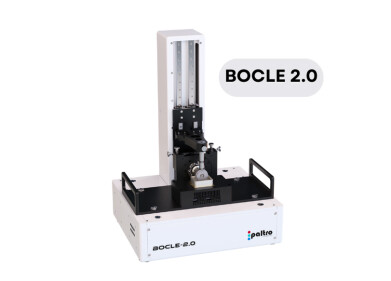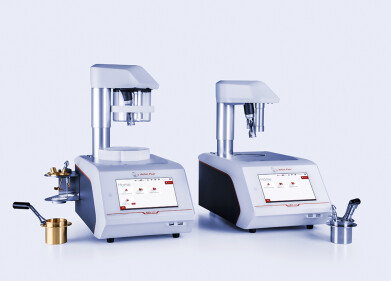Lubricant analysis
How to Select the Right Oil Analysis Tests
Feb 22 2022
From maximising efficiency and extending the lifetime of assets to analysing performance and directing maintenance decisions, oil analysis tests are a critical tool used by mechanical operators. Choosing the right tests is an important part of developing a strategic oil analysis program and unlocking value from results.
Read on to find out more about how to select the right oil analysis tests:
-
Set analysis goals
The first step of selecting the right oil analysis tests is to set analysis goals. For example, an oil refinery may want to profile the chemical and physical properties of a feedstock to determine suitability for infrastructure. This could include testing for concentrations of sulphur, heavy metals and carbon residues. Physical properties such as viscosity can also impact suitability. For example, Athabasca oil sands extracted from Canadian fields can only be processed by heavy-duty refineries on the Gulf Coast and Midwest.
Similarly, a food manufacturing plant may want to check for traces of wear debris in lubricants to assess the health of mechanical assets. Traits such as viscosity and acid/base number are often used to analyse the health of lubricants. Particle counting is also an effective way to detect and quantify contaminants. An engineer overseeing operations at an oil drilling rig may want to check for water contamination in hydraulic cylinders. For this goal, moisture analysis tests are standard.
-
Developing maintenance strategies
Some oil analysis tests will be specific, like the examples listed above. Others may be part of an ongoing predictive maintenance strategy. These types of oil tests will analyse a range of properties and variables, with results used to maximise productivity, prevent unplanned downtime and keep machines running as efficiently as possible.
-
Meeting minimum criteria
Oil refiners, lubricant manufacturers and blenders use qualification testing to ensure products meet the minimum criteria advertised to sellers. Oil analysis tests are selected based on criteria of concern. Viscosity, lubricity, acidity, foaming properties, flash point and anti-corrosion properties are just some of the characteristics assessed during qualification testing.
-
Industry benchmarks
The oil industry is regulated by a range of bodies, including local and international organisations. For example, in the United States the American Petroleum Institute (API) publishes standards designed to monitor quality and environmental credentials. Other industry bodies include ASTM International and the International Organisation for Standardisation. Both publish standards used to select the right oil analysis tests and protect buyers and sellers.
US-based business Koehler Instrument Company manufactures a wide range of instruments used for petroleum and petrochemical testing. Find out more about the latest innovations in ‘Design and Development of an Innovative Instrument to Measure Consistency and Useful Life in Greases.’
Digital Edition
PIN 26.1 Feb/Mar 2025
March 2025
Analytical Instrumentation - Elemental Analysis for Quality and Process Control at Refineries, for Lubricants and Wear Metals in Engine Oils - Synthetic Lubricants: New Developments - Scaling...
View all digital editions
Events
Apr 08 2025 Birmingham, UK
Apr 08 2025 Kielce, Poland
Apr 08 2025 Ravenna, Italy
Apr 08 2025 Southampton, UK
Apr 08 2025 London, UK



















